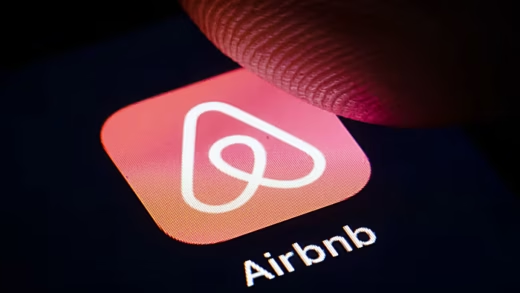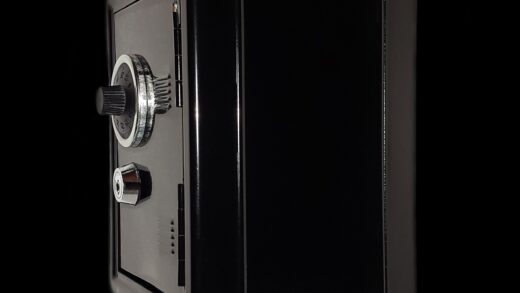How to Build a Strong Emergency Fund

Life is full of surprises. Some are great. Others, not so much. A job loss. A medical bill. A broken car. These things can hit hard.
That’s where an emergency fund helps. It gives you a safety net so you don’t need to borrow or use a credit card.
Here’s why it matters:
- You won’t go into debt.
- You’ll feel more in control.
- You can take your time finding work if needed.
- You’ll be ready for life’s “what-ifs.”
Even one emergency can throw your budget off. A backup fund gives you peace of mind.
Step 1: Know Your Number
Your emergency fund should cover your basic monthly expenses for three to six months.
This includes:
- Rent or mortgage
- Groceries
- Utilities
- Insurance
- Transportation
To figure it out:
- Add up your must-pay bills.
- Multiply that number by 3 to 6.
Example: If you spend $3,000 a month, your goal is $9,000 to $18,000.
If your job is unstable or you support others, aim higher.
Step 2: Start Small
You don’t need to save it all at once. Start with what you can. Even $10 or $25 a week makes a difference.
Easy ways to grow your fund:
- ✅ Set up auto-savings from your paycheck.
- ✅ Cut small expenses—like takeout or unused apps.
- ✅ Save any extra money—like bonuses or refunds.
- ✅ Sell things you don’t use.
Saving a little each week adds up. What matters is sticking with it.
Step 3: Pick the Right Spot
Keep your emergency fund somewhere safe and easy to reach—but not too easy.
Good choices include:
- ✔️ High-yield savings account
- ✔️ Money market account
- ✔️ Separate savings account at a different bank
Don’t invest this money. You need it to be there when you need it.
Step 4: Use It for Real Emergencies Only
Not everything is an emergency. Use this money only when you really need it.
What counts as a true emergency:
- ✅ Medical bills
- ✅ Job loss
- ✅ Urgent car or home repairs
Wanting a new phone or vacation doesn’t count. If you use the money, add it back as soon as you can.
How to Track Your Spending and Save Money
Step 5: Check and Adjust
Look at your fund at least once a year. Life changes. So should your savings.
Things to watch:
- 🔄 Are your expenses higher now?
- 💰 Did your income go up? Add more if you can.
- 📉 Did you take money out? Refill it as soon as possible.
Think of your emergency fund like a fire extinguisher. It should always be full and ready.
Common Mistakes
Avoid these to keep your fund strong:
- 🚫 Saving too little
- 🚫 Keeping the money somewhere hard to reach
- 🚫 Using it for non-essentials
- 🚫 Not replacing it after you use it
This money is for real problems, not everyday spending.
Start Now
An emergency fund brings freedom. You won’t have to panic when life gets hard.
Here’s how to begin:
1️⃣ Pick your goal
2️⃣ Start saving—any amount helps
3️⃣ Use a safe savings account
4️⃣ Only use it for real needs
5️⃣ Review it often
Even if you start with $10, you’re moving in the right direction. What matters is starting. Keep going, and you’ll get there.
Resources
Emergency Fund Calculator: How Much Will Protect You?



